32 countries. 12 venues. 1 champion. The whole world is watching their screens, wondering who’s going to score the next goal and who’s going to bring glory back to their country. But what we’re simultaneously doing is eating our hearts out. If Ronaldo misses a goal, we eat away our frustrations. If Messi scores in the last minute, we eat in celebration. And when the Spanish team’s good looks are no longer gracing the pitch, we eat away the sadness. What’s interesting though is that despite watching the same game, all around the world everyone is eating something different, something unique. In honor of this year’s World Cup then, we’ve narrowed down a list of local dishes from each country, although unfortunately, there are no hamburgers in this article (our beloved USA may have been knocked out, but the team will remain in our heart).
Brazil: Feijoada (pronounced fey-jwah-duh)
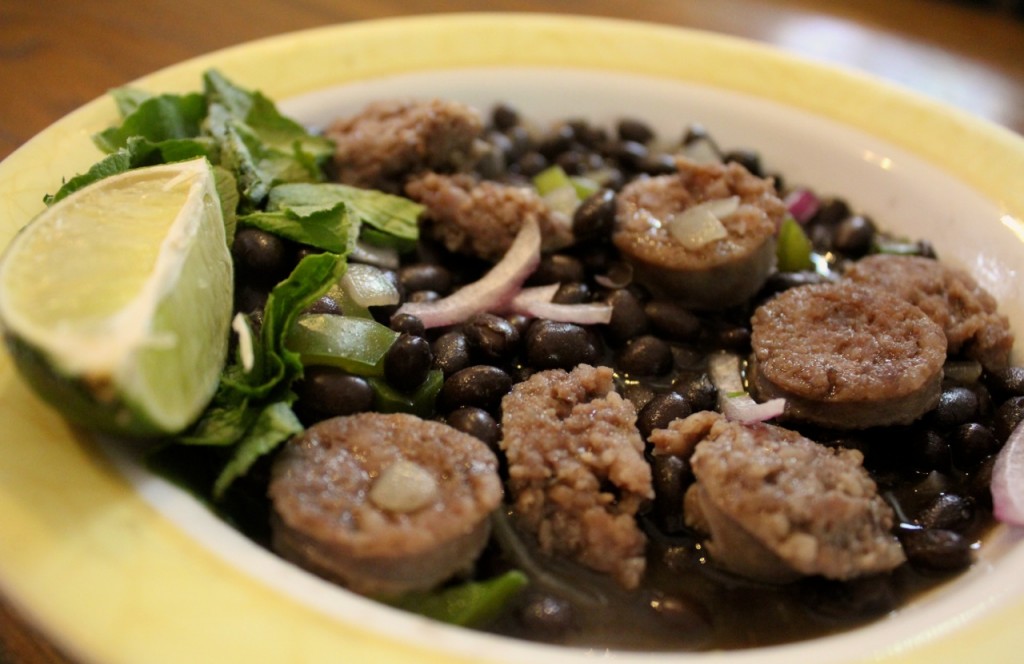
Photo by Krysten Dorfman
It’s only fitting that the investigation into the national foods of each country begins with Brazil. Believe it or not, this meat and black bean stew is actually named after the Portuguese word for beans: feijão. Its roots can also be traced back to the 19th century when the Brazilian plantation workers combined beans and an assortment of leftover meats into a meal; nowadays, the essence of the idea has remained the same although instead of leftover meats they’ve upgraded and diversified their proteins. Locals love to eat their feijoada with an assortment of pork, bacon, ham and if you’re feeling traditional, you can throw some pig’s feet into the broth. The dish is cooked with the intent to share with family and friends, so the next time you’re having a large gathering, why not try this easy recipe? Warning: It takes only 10 minutes to prep but 5 hours to cook, so be sure to leave yourself plenty of time.
Netherlands: Kroket
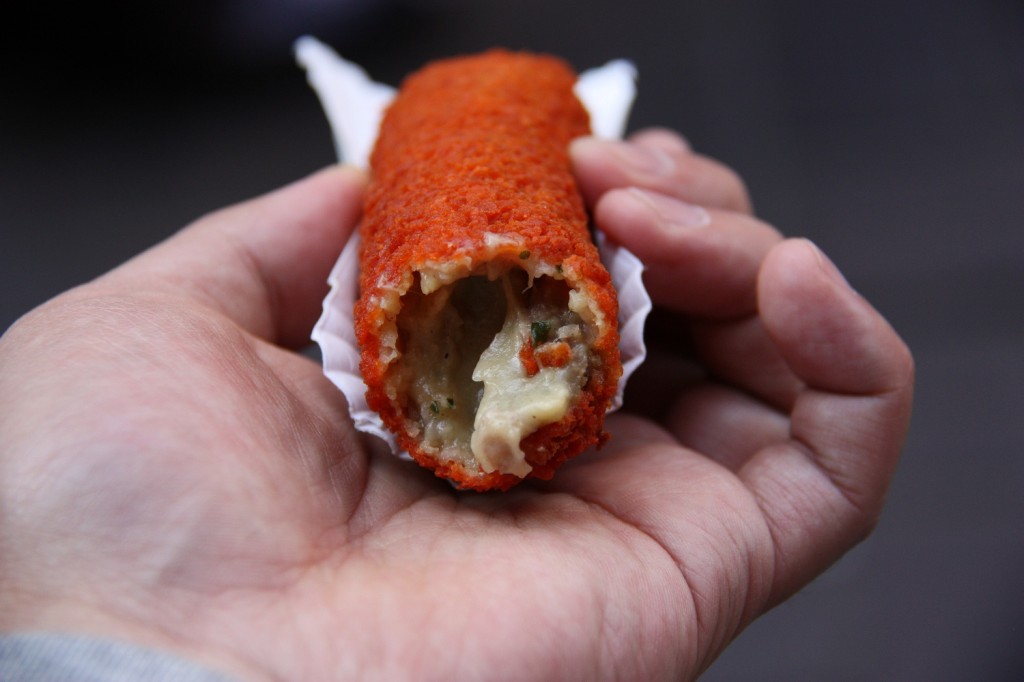
Photo via Wikipedia
The famous Dutch kroket is more commonly known as the croquette. Not so much a national dish as a national snack, the croquette is a meat centered deep-fried bite of heaven. In fact, it’s so popular that the Dutch McDonalds created a special menu item called the McKroket. Yes, that’s right: a Dutch version of the Big Mac. Although if you ever have the chance to visit the Netherlands, you’ll probably be better off finding some authentic restaurants in Amsterdam where homemade croquettes now range in a variety of flavors from veal to chicken satay. Try having a go at your own homemade version with this recipe.
Germany: Rotkraut (pronounced rote-coa)
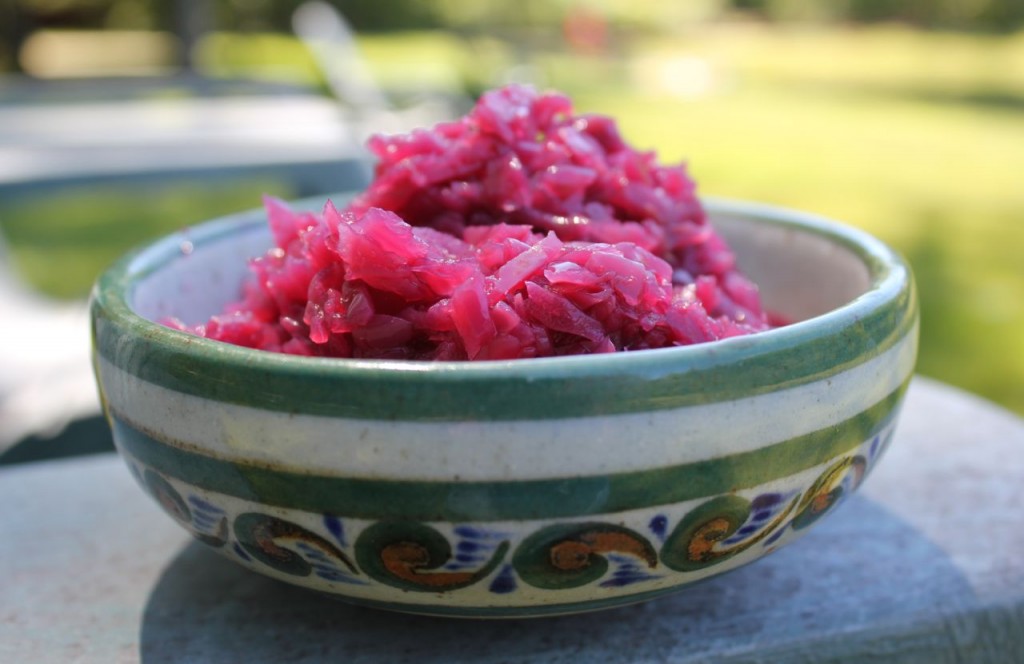
Photo by Krysten Dorfman
A staple in Germany, rotkraut is red cabbage. Literally. It actually translates from German to mean red cabbage. However, aside from its name, this dish is only really popular during the Christmas season where you can often pair it with homemade roulade. You can try pairing it with other traditional Bavarian specialties if you’re feeling creative during the summertime with smoky sausages or roast duck. To get the best taste of rotkraut though, it’s recommended that you store it in the fridge for a couple of days. Don’t worry: it won’t turn green or blue, unless you were hoping to make Blaukraut which, surprisingly, is more purple than blue. Follow this link for the recipe. And yeah, yay for Germany.
Remember these ol’ teams? We lost them long ago, but their food still deserves some cred:
Ghana: Kelewele (pronounced kelee-welee)
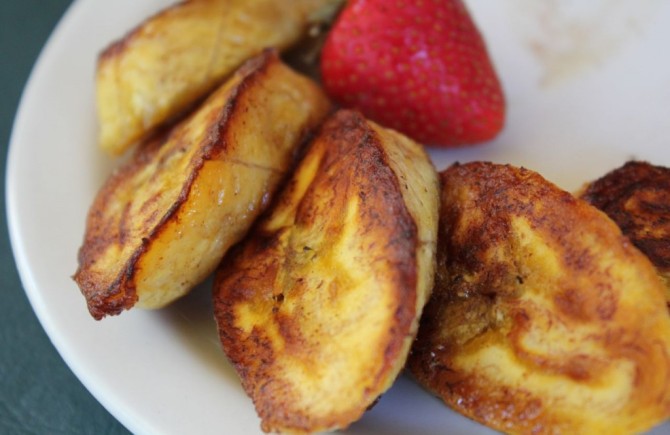
Photo by Krysten Dorfman
It seems we’re following the trend of local snacks because Ghana’s keleweles are probably the most popular go-to choice if you ever feel like filling your stomach up in between meals. You can find these fried plantains sold by street vendors and seasoned with spices. It’s the perfect combination between sweet and savory; another good ingredient to add into the mix would be nuts to give it that extra flavor. And despite being a snack, this is another local favorite that can be found at family gatherings and special occasions. Try this recipe or this recipe if you want a little added spice.
Greece: Spanakopita (pronounced span-uh-ko-pee-tah)
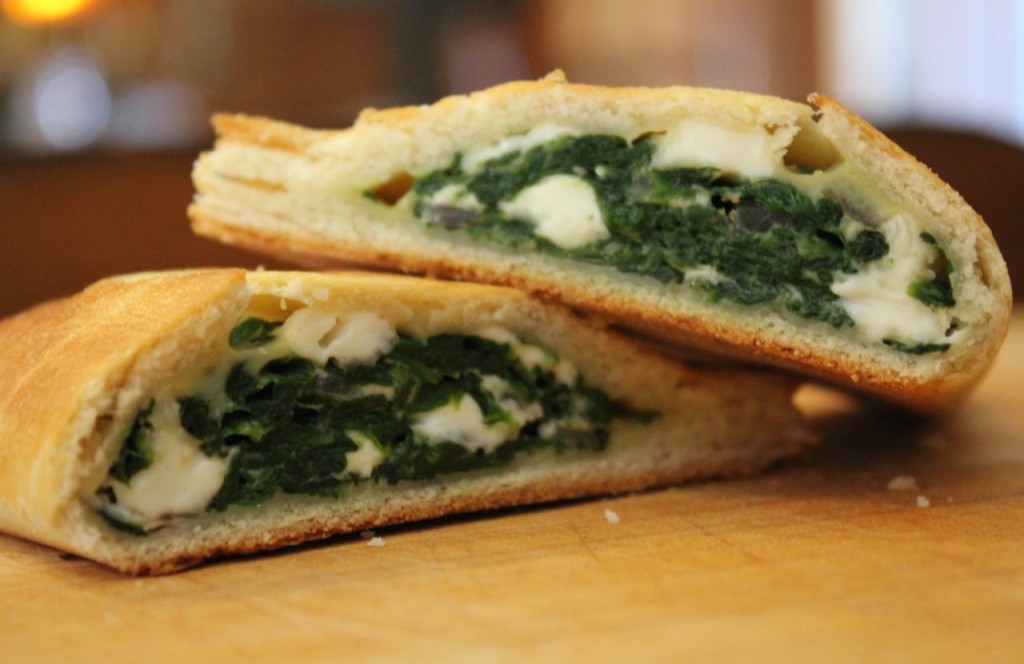
Photo by Krysten Dorfman
What’s not to like about the combination of spinach, feta and dill mixed in between phyllo dough? Nothing. This Greek spinach pie can be served straight from the oven or at room temperature—although we don’t have to tell you that the former option is most likely to satisfy your taste buds. Plus, along with this vegetarian version, the Greeks have a vegan recipe of this light snack for all to enjoy.

